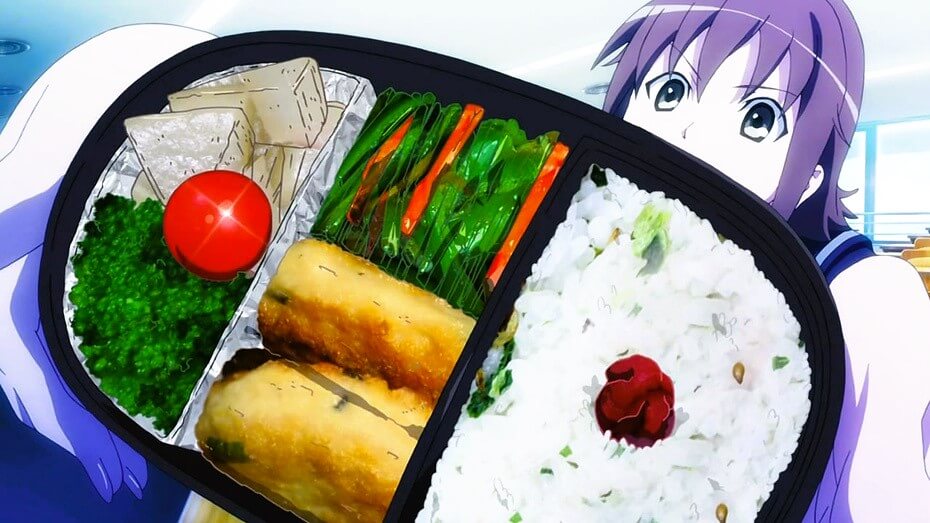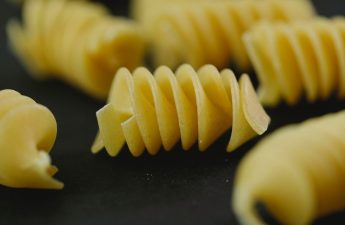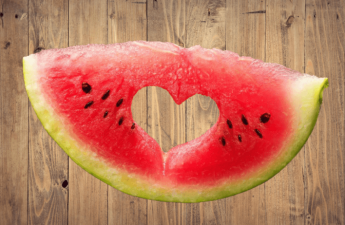In the vibrant tapestry of animated storytelling, few elements resonate as universally as the portrayal of food. Beyond being a mere visual embellishment, food in cartoons transcends its culinary essence to become a conduit for storytelling, a cultural emissary, and an expressive medium that bridges diverse cultures. This exploration aims to unravel the intricacies and nuances of food’s role in cartoons across a spectrum of cultures, uncovering its transformation into a character, a source of humor, a cultural ambassador, and a canvas for creative expression within the animated realm. From the meticulous attention to detail in hentai to the uproarious comedy in Western cartoons and the homage to culinary heritage in European animations, this investigation unveils how food pulsates as a vibrant and multifaceted entity within the animated universe, weaving tales that speak to the human experience itself.
The Culinary Tapestry in Japanese Anime
Japanese anime stands as a pinnacle of meticulous detail, especially when it comes to the portrayal of food. It’s a visual feast that goes beyond aesthetics, celebrating the art of Japanese cuisine with a keen eye for detail. From the precise movements in sushi preparation to the aromatic allure of tempura, anime elevates cooking to an art form. Series like “Shokugeki no Soma” (Food Wars!) take this a step further, using food as a central theme that shapes character arcs, emotions, and the very essence of the storyline. In these instances, food is not just a prop; it becomes a character, influencing the narrative, symbolizing relationships, and reflecting the characters’ personal journeys.
Comedic Delights in Western Animation
Contrasting the detailed approach of Japanese anime, Western cartoons often use food as a tool for comedic effect. The humor lies in the exaggerated and absurd, turning everyday food scenarios into laugh-out-loud moments. From characters wrestling with oversized sandwiches to epic food fights, the emphasis is on entertaining rather than accurate culinary depictions. This approach taps into the universal appeal of humor, as characters navigate culinary mishaps, messy meals, and over-the-top food creations that serve as comedic catalysts within the storyline.
Cultural Representation in European Cartoons
European cartoons, particularly those from culinary-rich countries like France and Italy, pay homage to their gastronomic heritage. These animations showcase not just the food but the entire culinary experience, emphasizing authenticity in both visuals and storytelling. Viewers are taken on a journey through regional specialties, traditional dishes, and the art of European cooking. In these cartoons, food becomes a cultural ambassador, representing the diversity and richness of European cuisines. The focus on realistic depictions fosters an appreciation for the cultural significance of meals, whether it’s a simple family dinner or a grand festive feast.
Culinary Diversity in Cartoons
As cartoons transcend geographical boundaries, they embrace culinary diversity with open arms. Characters are often depicted enjoying a fusion of cuisines, showcasing a global palette that introduces viewers to flavors from around the world. This portrayal not only entertains but also educates, fostering a sense of curiosity about different cuisines and promoting cultural exchange. The diverse culinary landscape in these cartoons reflects the interconnected nature of our global society, celebrating the richness of culinary traditions from various corners of the world.
Symbolism and Emotional Resonance
Beyond its visual and cultural aspects, food in cartoons often serves as a powerful symbol, evoking emotions and connecting with audiences on a profound level. Shared meals become symbolic of camaraderie, friendship, and shared experiences. The act of preparing or sharing food serves as a narrative device, weaving deeper connections between characters and their audience. Whether it’s the joy of a family dinner, the comfort of a favorite childhood dish, or the significance of a celebratory feast, food amplifies emotions and adds layers of relatability to animated stories.
Conclusion
In the kaleidoscope of animated narratives, food emerges not just as an element but as a dynamic force weaving through cultures, narratives, and emotions. It is the embodiment of cultural identity, a conduit for shared experiences, and a medium that resonates universally. From the meticulous depiction of Japanese cuisine to the comedic portrayals in Western animations and the celebration of culinary legacies in European cartoons, food’s role in animation echoes the rich diversity of the world’s cuisines. It tantalizes the senses, speaks a universal language, and transcends boundaries, uniting audiences in an appreciation for the flavorful mosaic of global culinary traditions within the vibrant canvas of animated storytelling. Through its varied roles, from being a character to a cultural emissary, food in cartoons echoes the essence of human connection, fostering a deeper appreciation for the rich tapestry of global cultures that enrich our animated experiences.



